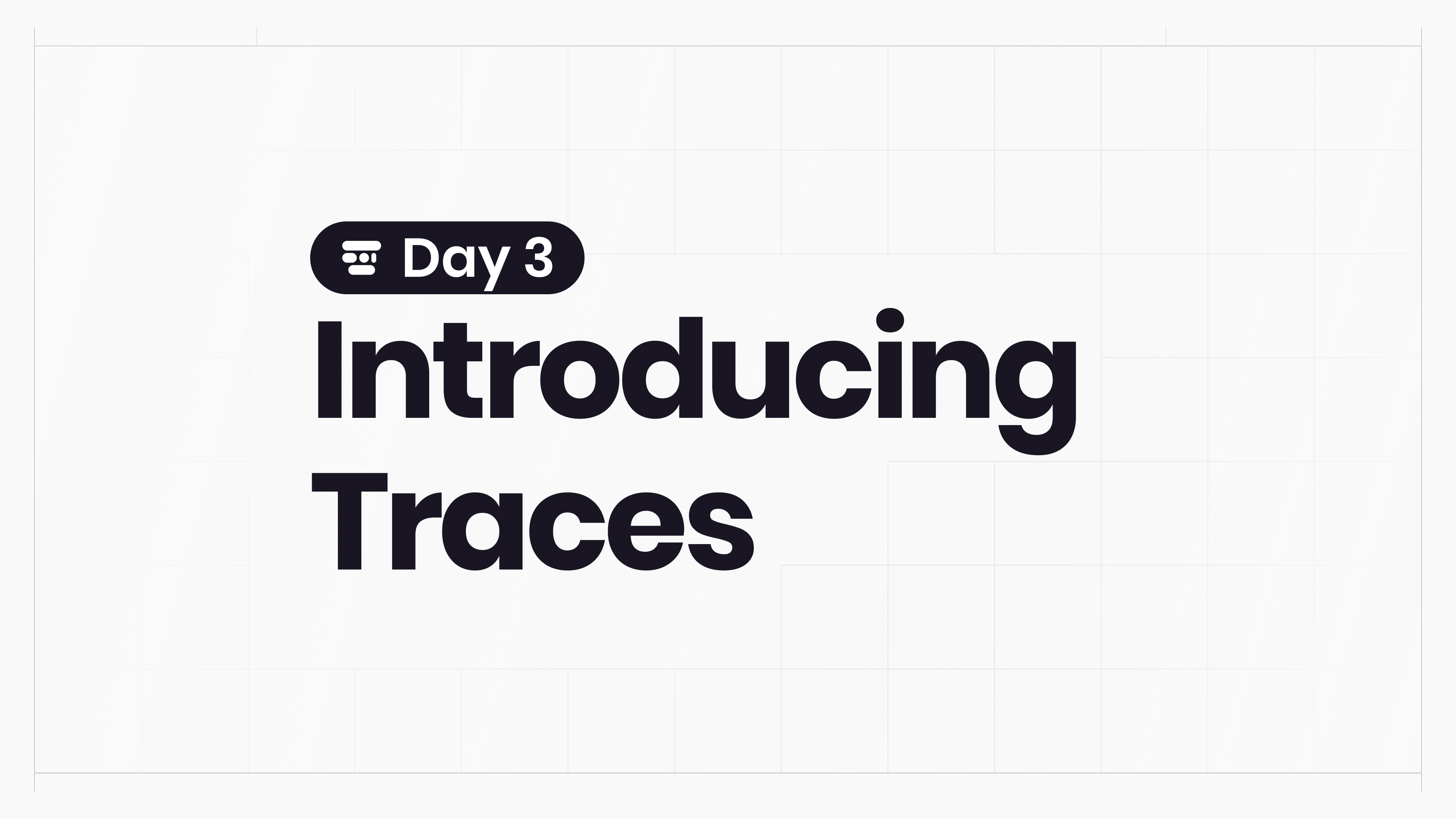Jan 31, 2024 • 3 min read
Day 3: Flame Graphs and Integrated Session Views
Transforming Trace Analysis with New Visualization Tools
During our last Launch Week, we unveiled our tracing product in beta, marking a significant milestone in our journey towards offering comprehensive application monitoring solutions. While we achieved the crucial capability of ingesting traces from applications, we quickly realized a critical challenge - the difficulty in efficiently sifting through these traces to extract actionable insights.
Flame Graphs for Efficient Analysis
Highlight's new Flame Graphs allow you to swiftly see where time is being spent in a trace. This visual representation makes it easier to pinpoint performance bottlenecks and areas requiring attention in your application.
Trace Details in Network Request Sessions
Imagine you're browsing a user's Session Replay recording.
You spot a loading state that lasts a bit too long. What could be causing the slow down?
Is it a network request? You check the Session Replay's embedded network tab and sure enough, you've got a slow API call! But why is it slow?
Fortunately, your server code is fully instrumented with OpenTelemetry and sending session-matched data to Highlight, so you can click through a flame graph of that network requests traces, all the way down to an auto-instrumented Postgres database call. You figure out the exact SQL query that's missing an index.
And you didn't even have to leave the Session Replay recording!
Why you should care
-
In-Depth Post on Materialized ClickHouse Views: For a detailed understanding of how these new features work, refer to our post: Materialized ClickHouse Views (Tracing). This article offers an in-depth look at the technical aspects of using ClickHouse Materialized Views to drive Highlight Tracing.
-
Quick Access to Relevant Traces: Easily jump to a trace linked to any network request or error observed during a session.
-
Advanced Filtering Options: Filter spans by numeric attributes, such as duration.
-
High-Level Metric Visualization: At the top of the traces table, you can now view high-level metrics, giving you an overview of how often and for how long various parts of your code are executing.
